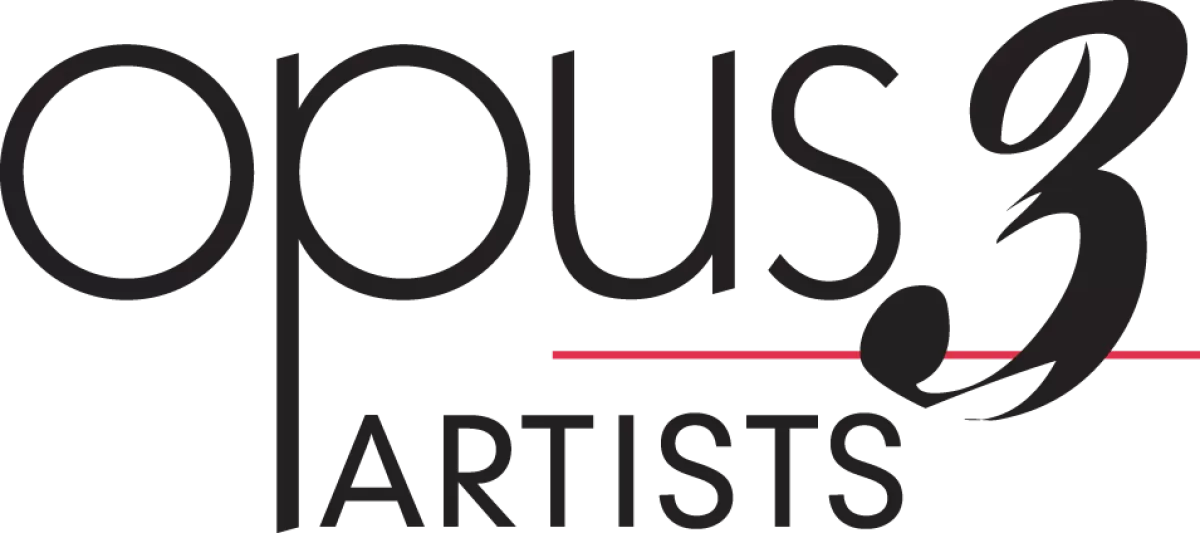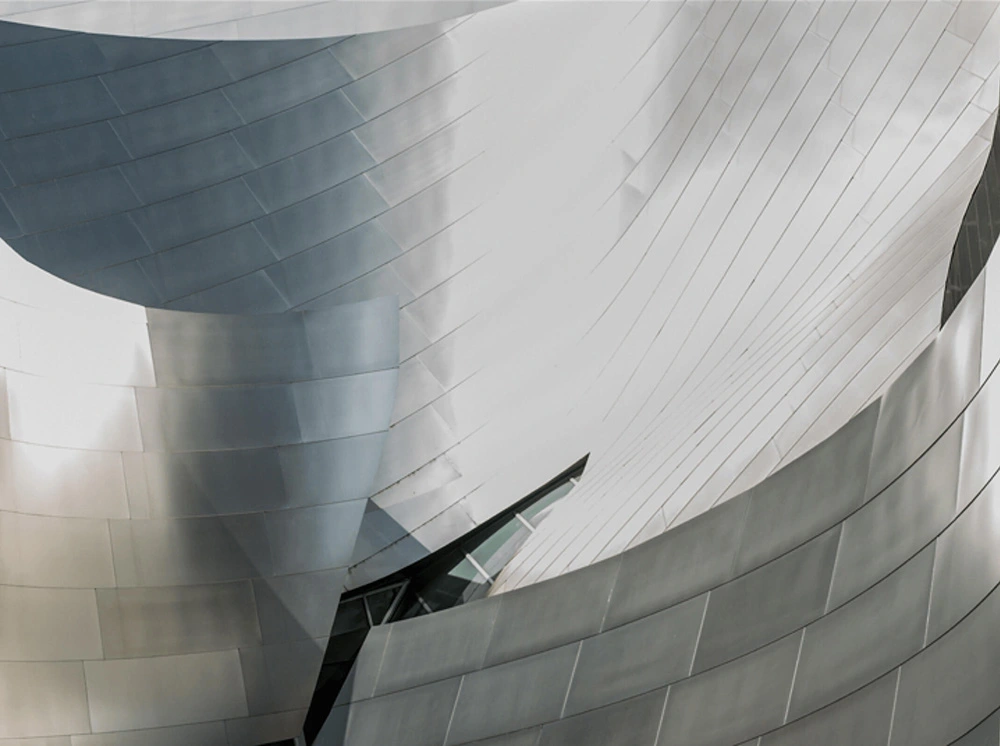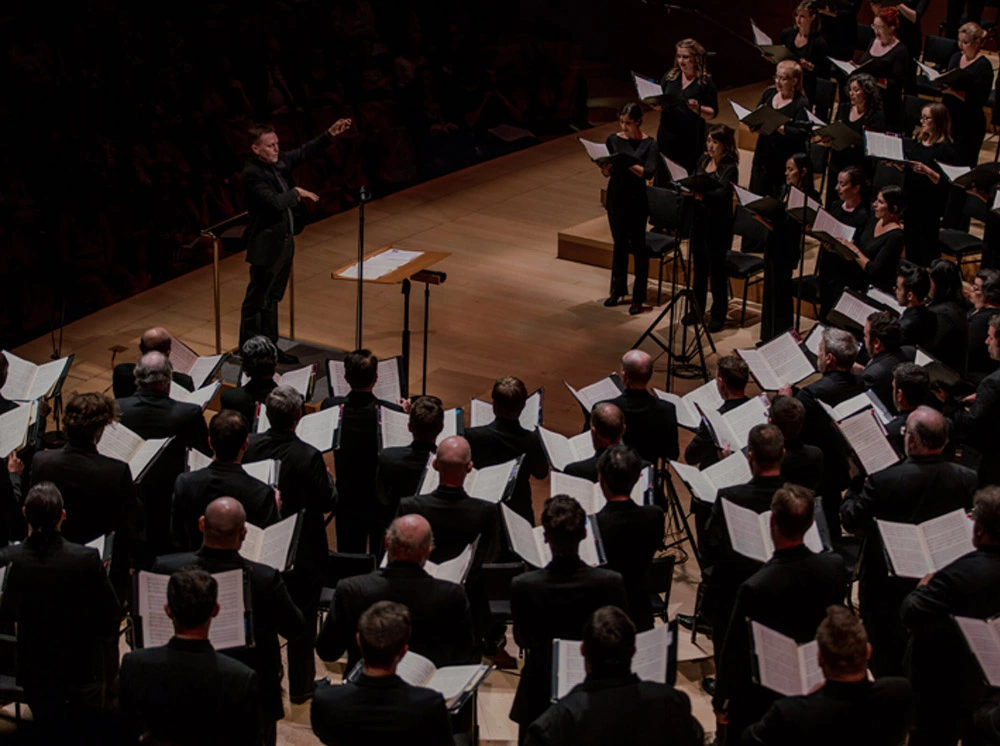
Touring
Bringing L.a. to you
The LA Master Chorale has had four composers-in-residence over its 60-year history, and each one of them has created legendary works for the ensemble. With this program we highlight works by Reena Esmail, Shawn Kirchner, Morten Lauridsen, Eric Whitacre and several other L.A. based composers.
REPERTOIRE INCLUDES:
O Magnum Mysterium Morten Lauridsen
Heavenly Home
Lux Aurumque
TaReKiTa
Grant Gershon, conductor
24 Singers, piano
Morten Lauridsen
Shawn Kirchner
Eric Whitacre
Reena Esmail
LAGRIME DI SAN PIETRO
From the creative mind of acclaimed director Peter Sellars comes his very first a cappella staging and most personal work to date. Orlando di Lasso knew that Lagrime was to be the last piece he would ever compose, and so he packed every measure with an emotionally charged texture that channeled all of his pain and remorse into a towering work of beauty.
Twenty-one singers transform this 75-minute sweeping a cappella Renaissance masterpiece – committed to memory and dramatically staged – into an overwhelmingly emotional performance piece. Set to the poetry of Luigi Tansillo (1510- 1568), “I accept responsibility” is the fundamental theme of this work depicting the seven stages of grief that St. Peter experienced after disavowing his knowledge of Jesus Christ on the day
MUSIC TO ACCOMPANY A DEPARTURE
The Los Angeles Master Chorale and acclaimed director Peter Sellars have once again created a stirring, searing and thoroughly contemporary work from an ancient source. Musikalische Exequien by Heinrich Schütz, the most formidable German composer prior to J.S. Bach, is a musical response to the plagues of his time. It was the first German requiem, and the writing for solo voices is often florid in the Italian Baroque manner, while the choral sections build upon the German chorale tradition.
For over an hour, 24 singers, with as many as 18 taking the solo parts at various points, gather for quiet, sober, beautiful, and tender communal grieving. Symbolically, this staging encapsulates the message of the Musikalische Exequien—the term “exequies” deriving from the Latin word for a “train of followers.” In Schütz’s singularly moving dramaturgy, they/we are gathering, learning to accompany a departure.
Through its innovative use of solo and choral sections, the work powerfully conveys what it means to say goodbye and to have faith that the departed’s presence remains with us. With its reflective interludes and passionate outbursts, this performance captures both the beauty of life and the mystery of death, serving as both lamentation and celebration. The result is a stirring piece that reminds us that grief and transformation are eternally linked, and that saying farewell can be a source of inspiration and strength.
**Music to Accompany a Departure is made possible by generous support from Lillian Pierson Lovelace, Patrick R. Fitzgerald and Ron Myrick.
Co-commissioned by Los Angeles Master Chorale, Cal Performances at University of California, Berkeley Stanford Live at Stanford University, and Krannert Center for the Performing Arts at the University of Illinois, Urbana-Champaign.
FESTIVAL OF CAROLS
Enjoy the most spectacular arrangements of holiday carols from around the
world in this celebration of the season. Hear your favorite carols and explore
new holiday songs sung by the incomparable voices of the LA Master
Chorale.
REPERTOIRE INCLUDES:
The Christmas Song
Silent Night
White Christmas
Al HaNisim
Ding Dong! Merrily on High
Grant Gershon, conductor
24 Singers, piano
arr. Jerry Rubino
arr. Shawn Kirchner
arr. Deke Sharon
arr. Elliot Z. Levine
arr. Carolyn Jennings
Touring Contact:
Scott Mello
Vice President
Manager, Artists & Attractions
smello@opus3artists.com
The Los Angeles Master Chorale is exclusively represented by Opus3 Artists.



